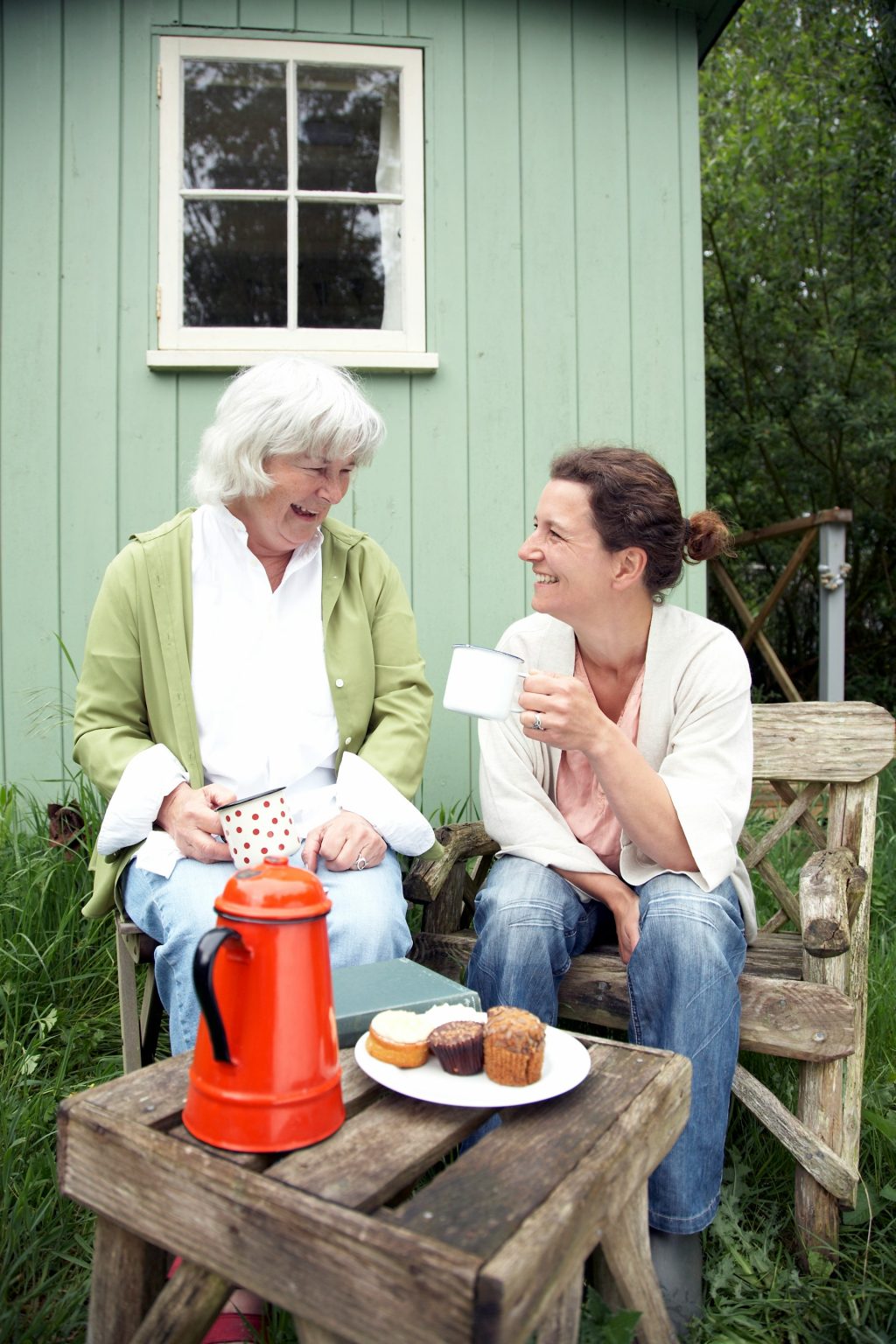In a care home setting, shared moments transform buildings into communities, and routines into experiences worth savoring. Whether a gentle conversation, a shared activity, or a spontaneous laugh, these interactions impart warmth, belonging, and meaning. In this article, we explore how shared moments enliven care homes, what kinds of interactions matter most, and how facilities can foster them deliberately and consistently.
Why Shared Moments Matter
- Nourish Connection & Identity
For residents, forming real relationships with staff, fellow residents, visitors, and volunteers helps affirm personal identity. Stories get shared, memories rekindled, and new bonds form, keeping isolation at bay. - Promote Emotional Well-being
Shared laughter, companionship, and kindness can uplift mood, ease anxiety, and combat feelings of loneliness or invisibility. - Stimulate Cognition & Engagement
Conversations, games, storytelling, or group activities challenge the mind, keeping the brain active, sharpening memory, and promoting responsiveness. - Reinforce a Sense of Belonging
When people eat, celebrate, create, and reflect together, they feel part of something larger than themselves: a caring micro-society within the home. - Enhance Quality of Life Over Time
Over days, weeks, and months, shared routines (such as tea time, singing, or gardening) become anticipated rituals. They help residents mark time, maintain structure, and feel rooted. - Support Staff Morale & Purpose
For caregivers and staff, moments of shared connection with residents remind them why they do the work. These connections reduce burnout and strengthen care relationships.
What Forms of Shared Moments Make a Difference
Not all interaction is equal. The most meaningful shared moments tend to be ones where attention, choice, and presence converge, such as:
1. Daily Rituals & Shared Routines
- Tea time, snack breaks, or “happy hour”: small occasions where residents and staff sit, chat, laugh, and reminisce.
- Music & singalongs: engaging familiar songs can spark memory, and prompt singing, humming, and shared joy.
- Gardening or indoor plants: jointly planting flowers or tending to potted plants brings touch, nature, and conversation.
- Reading circles or story times: reading aloud or sharing local stories invites discussion and memory-sharing.
2. Celebrations & Marking Occasions
- Birthdays, anniversaries, and life milestones: these remind residents and staff that life continues to matter and evolve.
- Seasonal events, festivals, and holidays: decorations, food, music and traditions spark familiar feelings and community.
- Creative arts showcases: organizing performances or exhibitions by residents, local schools, or visiting artists adds vibrancy.
3. Intergenerational Engagement
When younger people visit, the energy shifts. Shared crafts, storytelling, games, or just chatting bridge generations and bring a fresh perspective.
4. One-to-One Connection & Presence
Sometimes, the deepest shared moments happen in quiet pairings: a staff member listening kindly, a volunteer reading to a resident, or sitting together in silence or conversation. These moments say, “You matter. I am here with you.”
5. Choice-Driven Activities
Offer residents a choice of shared opportunities like arts, baking, classic games, film nights, light exercise, or discussion groups so that people engage in what truly interests them.
How to Build a Culture of Shared Moments in a Care Home
It’s not enough to hope for spontaneous interactions; meaningful shared moments flourish when the environment, leadership, staff practices, and design align to nurture them. Facilities such as care homes Telford can act as models of how to embed shared moments at scale. Here are some useful strategies:
- Embed Shared Times into the Daily Schedule
Don’t treat interactions as extras. Dedicate slots in the daily routine (morning tea, midday music, or afternoon craft) so that shared moments become predictable and anticipated. - Train, Empower & Support Staff
Equip staff and carers with communication skills, active listening, storytelling, person-centered care techniques, and flexibility to pause their tasks and be present. - Design Spaces for Shared Life
Common rooms, gardens, smaller nooks, kitchens for shared cooking, and care home layouts should invite gathering, conversation, movement, and flexibility. - Encourage Resident-Led Initiatives
Let residents lead or co-lead activities. If someone has a hobby (such as knitting, reading, or gardening), honor that by giving them the space, resources, and opportunity to invite others. - Invite Community & Families In
Bring in musicians, school groups, pet therapy, local artisans, and exhibitors and let the care home be porous, not isolated. Family-friendly events help maintain connection.
Final Thoughts
Shared moments are the lifeblood of a care home’s humanity. They transform daily routines into relationships, sterile corridors into canvases of memory, and residents into contributors to a living community. The goal is not always reinvention, but consistent attention to small acts of presence, gentle connection, and opportunity.
When care homes embed shared moments through social rituals, intergenerational projects, resident-led activity, and staff presence, they cultivate places not simply of care, but of life.

